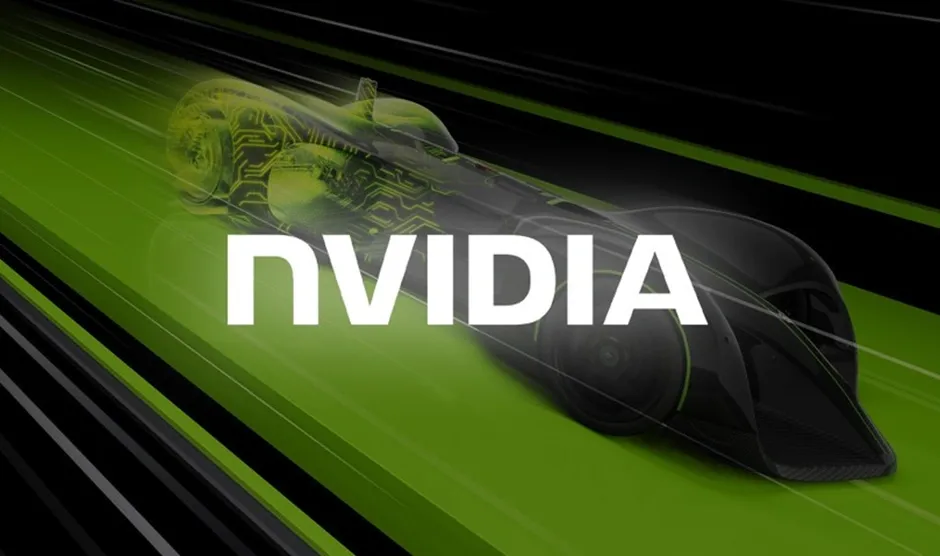NVIDIA has unveiled its ground-breaking DLSS Transformer Model alongside DLSS 4, marking a pivotal shift in enhancing visual quality for its entire GeForce RTX GPU lineup.
This new technology replaces the previously employed Convolutional Neural Networks (CNNs), promising significant improvements in image quality and performance across RTX 20, 30, 40, and the latest RTX 50 series GPUs.
Why the Shift from CNNs to Transformers?
For years, NVIDIA relied on CNNs to upscale frames by generating additional pixels, pushing the boundaries of visual fidelity. However, this approach has hit its limit, prompting NVIDIA to innovate with the Transformer Model.
Unlike CNNs, the Transformer Model leverages vision transformers that analyse all pixels in a frame, determining their significance with remarkable precision.
By applying this analysis across multiple frames, the Transformer Model generates highly detailed pixels, resulting in smoother edges, reduced ghosting, and improved visual stability.
Benefits of the DLSS Transformer Model
The adoption of the Transformer Model brings double the parameters of CNNs, enabling superior image reconstruction and enhanced gameplay visuals. NVIDIA demonstrated its effectiveness through intensive gameplay scenarios, highlighting:
- Ray Reconstruction Improvements: In games like Alan Wake 2, the Transformer Model delivers more stable meshes and significantly reduces shimmering effects.
- Enhanced Motion Clarity: Fast-moving objects, such as fan blades, are rendered with remarkable detail, eliminating the blurriness previously observed with CNNs.
- Reduced Ghosting: The Transformer Model ensures sharper visuals by minimizing ghosting artifacts, even in fast-paced scenes.
Compatibility Across GeForce RTX GPUs
While the exclusive DLSS 4 Multi-Frame Generation feature is limited to the RTX 50 series, the Transformer Model’s benefits extend to all RTX GPUs. This means even older RTX 20 and 30 series cards will experience enhancements through DLSS Ray Reconstruction and DLSS Super Resolution.
Integrating Reflex for Latency Reduction
In addition to visual improvements, DLSS 4 incorporates NVIDIA Reflex technology, further optimizing performance by reducing latency. This combination ensures not just stunning visuals but also a more responsive gaming experience.
Real-World Applications and Future Prospects
NVIDIA showcased the Transformer Model’s capabilities using scenes from graphically intensive titles. The results demonstrated how this technology outperforms its predecessor by delivering:
- Improved stability and clarity in intricate meshes.
- Smoother transitions and reduced shimmering in high-motion environments.
This advancement underscores NVIDIA’s commitment to pushing the boundaries of gaming and visual technology, making DLSS 4 and the Transformer Model essential tools for gamers and developers alike.
End Note
The introduction of the DLSS Transformer Model represents a significant leap forward in visual technology. By replacing CNNs with transformers, NVIDIA has set a new standard for image quality and performance across its entire GeForce RTX lineup.
Whether you’re gaming on an RTX 20 or the latest RTX 50 series, the DLSS Transformer Model ensures a visually stunning and immersive experience.







